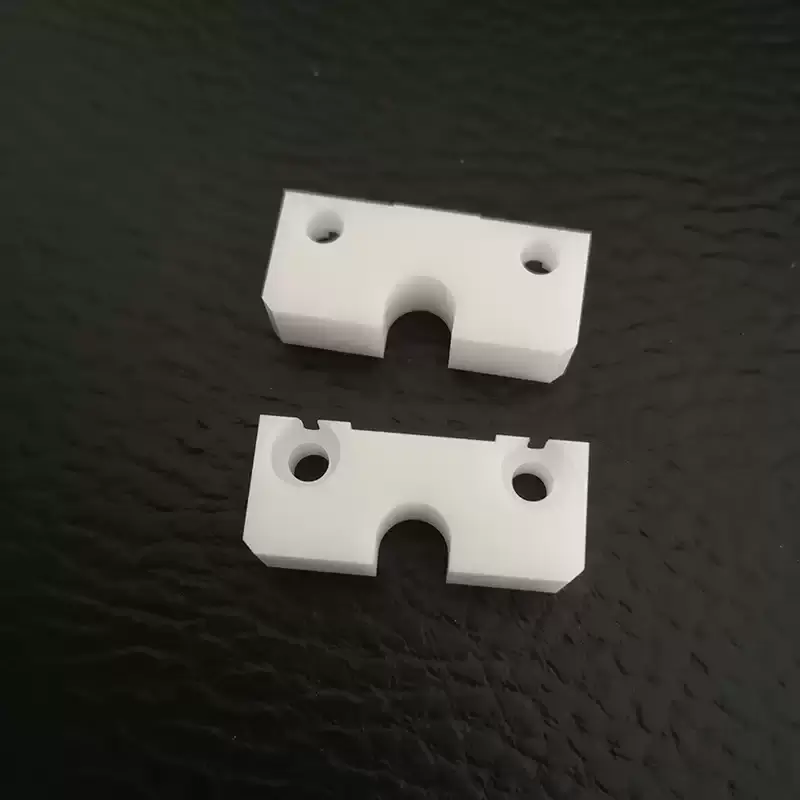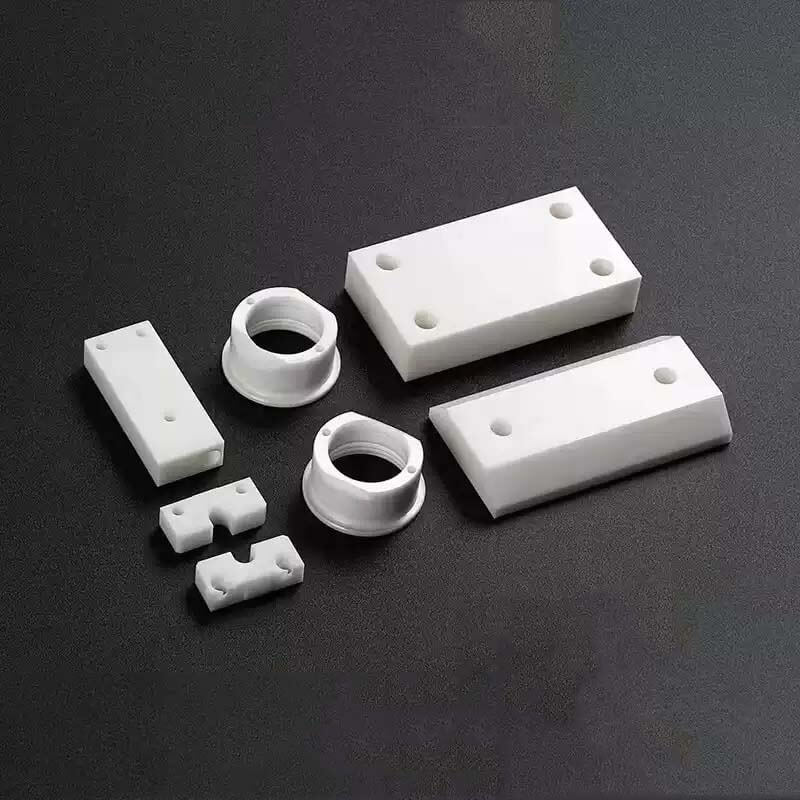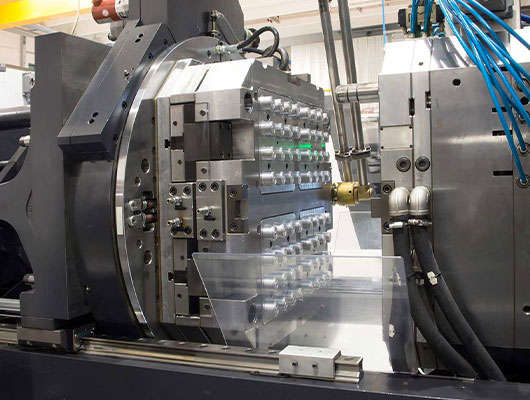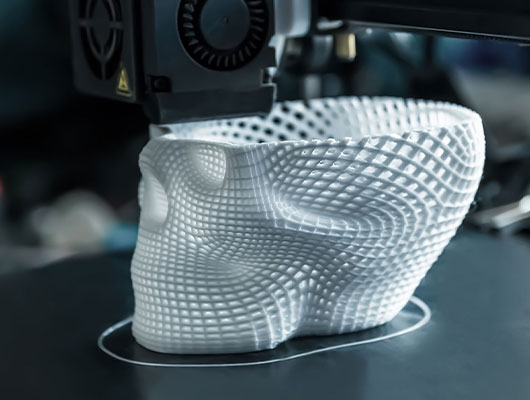Silicon nitride ceramics (Si₃N₄) are an advanced class of technical ceramics known for their impressive mechanical and thermal properties, making them suitable for a wide range of demanding applications. As one of the hardest ceramics, silicon nitride exhibits exceptional resistance to wear, high toughness, and impressive thermal shock resistance, which allows it to endure sudden temperature changes without cracking. These characteristics make silicon nitride ideal for use in high-stress environments, such as in aerospace, automotive, and cutting tools. With a melting point above 1,900°C and low thermal expansion, silicon nitride is highly stable at elevated temperatures, making it valuable for applications requiring heat resistance and dimensional stability.
Due to its low density, silicon nitride ceramics are lighter than many metals, which is advantageous in weight-sensitive applications like turbine blades and bearings. Additionally, silicon nitride has a low thermal conductivity, meaning it is an effective insulator, making it suitable for electronic applications. The material is also resistant to corrosion, even in acidic or alkaline environments, allowing it to function well in chemically harsh conditions. Silicon nitride’s hardness, toughness, and light weight make it a premium material in industrial fields where performance is paramount. However, its brittleness presents challenges in CNC machining, requiring specialized techniques and tools to achieve precise shapes and tolerances.





-scaled.jpg)



